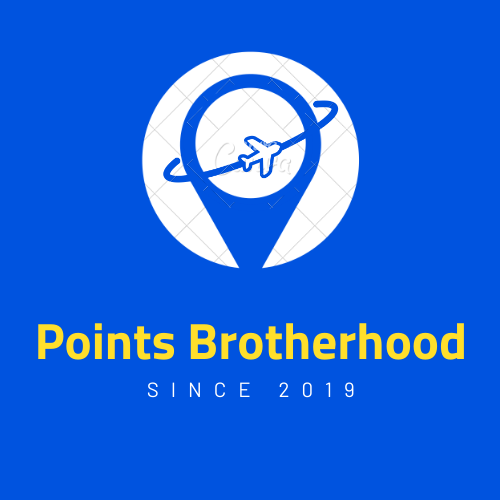In this post:
What are points?
Airline frequent flyer points are essentially a form of money ie something you can exchange for a good or service. Unlike money they are limited to what you can exchange them for.
In Germany for example points are under review as they are seen as a form of money and as a result should be regulated in the same way.
Traditionally they were run by airlines to encourage customers to keep all their flying with one airline, with each point equal to miles flown. However now there are multiple ways to earn points and flying is the slowest way.
Earn and Burn
You need to have a goal in mind when accruing points eg a first class European holiday in XX months. A common phrase is “earn and burn” ie earn the points and then redeem them in the short term.
Holding points for long periods of time can be problematic as airlines will devalue them as they look to maximise their revenue.
I believe you need to plan your points holidays around 18 months out. The first six months for accruing the points and then booking the holiday 12 months in advance. The best seats are released by different airlines at different times. They are quickly snapped up by fellow travellers. We have built a simple tool to help you find the earliest day you can book.
First vs Business vs Economy
As a generalisation using points to redeem anything other than Business or First is a waste. I did an exercise looking at the cost of a return flight in 12 months time to London and then halving it to determine the one way cost. Using Qantas as an example the simple table below shows what I mean:
| One Way Saver Fare Sept 2020 | % Dollar Cost Increase | Points Required One Way | % Points Cost Increase | Points Value excluding taxes | |
|---|---|---|---|---|---|
| First | $7,953 | 42% | 216,900 | 50% | $0.04 |
| Business | $5,598 | 381% | 144,600 | 162% | $0.04 |
| Economy | $1,163 | 55,200 | $0.02 |
If you were to use real money to buy a business class ticket instead of economy saver the price goes up 381% and up 42% from Business Saver to a First Saver. Using points the corresponding increase is only 162% and 50%.
Put simply you get more bang for your buck in Business and First.
What are points worth?
Let’s assume you want to travel return business class from Sydney to London. Shopping around the cheapest ticket we have seen on a regular basis with Qantas is $7,000.
By comparison you require 289,200 points plus around $1,000 in taxes. So the value of the points is ($7,000-$1,000)/289,200 = 2.1c. Note: the frequent flyer trip has a lot of the features of a more flexible ticket.
This is much lower than the table example, which shows how variable a premium class ticket can be.
Based on the above I look to spend no more than 1c to acquire each Qantas point. When redeeming I look to redeem at a value of no less than 2c. Part of the thinking is that I would spend up to $4,000 on a return business class flight to Europe rather than sit for 24 hours in economy.
Of course it is a lot easier to buy a ticket on the day you want than it is to find a frequent flyer flight!. Which is why people fall for the vacuum trick.
Never buy a vacuum cleaner with frequent flyer points
A friend of mine, let’s call him KiwiCyclist, accrued nearly a million points. He redeemed them for a Dyson vacuum cleaner. The vacuum retails for $799 at the official Dyson Store or 134,700 points. Based on this example, the point is only worth 0.6c. He has seen the error of his ways and now has first class flights booked to London
What about European Business Class?
In Europe business class is economy with an empty seat between passengers and better food. I see little value in using points in Europe where flights are short and tickets are cheap.
Summary: The reason why it is hard to redeem First and Business class seats is because it represents great value. Read more of our points hacks to make sure you get the most out of your points.
